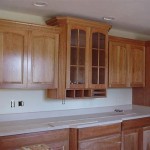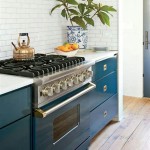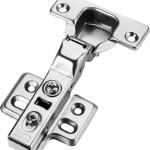Essential Aspects of Upper Kitchen Cabinet Widths
When designing a functional and aesthetically pleasing kitchen, determining the appropriate widths for upper cabinets is crucial. These cabinets play a vital role in maximizing storage and enhancing the overall appeal of the space. Here are some essential aspects to consider when selecting upper kitchen cabinet widths.
Standard Cabinet Widths
Standard upper kitchen cabinets come in a range of widths, typically starting from 12 inches and increasing in 3-inch increments up to 48 inches. The most common widths are:
- 12 inches: Suitable for small spaces or narrow walls.
- 15 inches: Ideal for storing spices, canned goods, or other pantry items.
- 18 inches: Commonly used for storing dishes, cookware, and glasses.
- 24 inches: Provides ample space for larger items like pots, pans, and food processors.
- 30 inches: Accommodates bulk items, kitchen linens, and appliances.
- 36 inches: Suitable for larger kitchens or above wider appliances like refrigerators or ovens.
- 48 inches: Ideal for creating uninterrupted storage above countertops or backsplashes.
Factors to Consider
When selecting upper kitchen cabinet widths, consider the following factors:
- Kitchen Layout: The shape and size of your kitchen will influence cabinet widths. Narrow kitchens may require narrower cabinets, while larger kitchens can accommodate wider options.
- Available Space: Measure the available wall space to determine the maximum width for upper cabinets. Ensure there is sufficient clearance for opening doors and drawers.
- Functionality: Decide what items you plan to store in the upper cabinets and select widths that best accommodate their sizes and quantities.
- Aesthetics: Wider upper cabinets create a bolder, more modern look, while narrower cabinets appear more traditional. Choose widths that align with the overall design aesthetic of your kitchen.
- Upper Cabinet Height: Standard upper cabinet heights range from 12 to 42 inches. Determine the desired height before selecting widths to ensure proper proportions.
- Ceiling Height: High ceilings can accommodate taller upper cabinets with wider widths, while lower ceilings may require narrower options.
Mixing and Matching Widths
Don't limit yourself to using only one upper cabinet width. Mixing and matching different widths can create visual interest and enhance functionality. For example, wider cabinets above a sink or cooktop provide ample storage for larger items, while narrower cabinets above a backsplash create a more delicate look.
Conclusion
Determining the appropriate upper kitchen cabinet widths is essential for creating a well-designed and functional space. By considering standard widths, factors to consider, and the overall aesthetics of your kitchen, you can select cabinets that meet your storage needs and enhance the overall appeal of your kitchen.

Kitchen Unit Sizes Cabinets Measurements Height Cabinet

Wall Cabinet Size Chart Builders Surplus
Guide To Kitchen Cabinet Sizes And Dimensions

What Is The Standard Depth Of A Kitchen Cabinet Dimensions Cabinets Height Wall Units

Kitchen Wall Cabinet Size Chart Builders Surplus Cabinets Sizes Dimensions

The Ultimate Guide To Standard Kitchen Cabinet Sizes Unique Design Blog

Kitchen Cabinet Sizes What Are Standard Dimensions Of Cabinets

N Standard Kitchen Dimensions Renomart

Kitchen Design Symmetry Versus Functionality

N Standard Kitchen Dimensions Renomart
Related Posts








